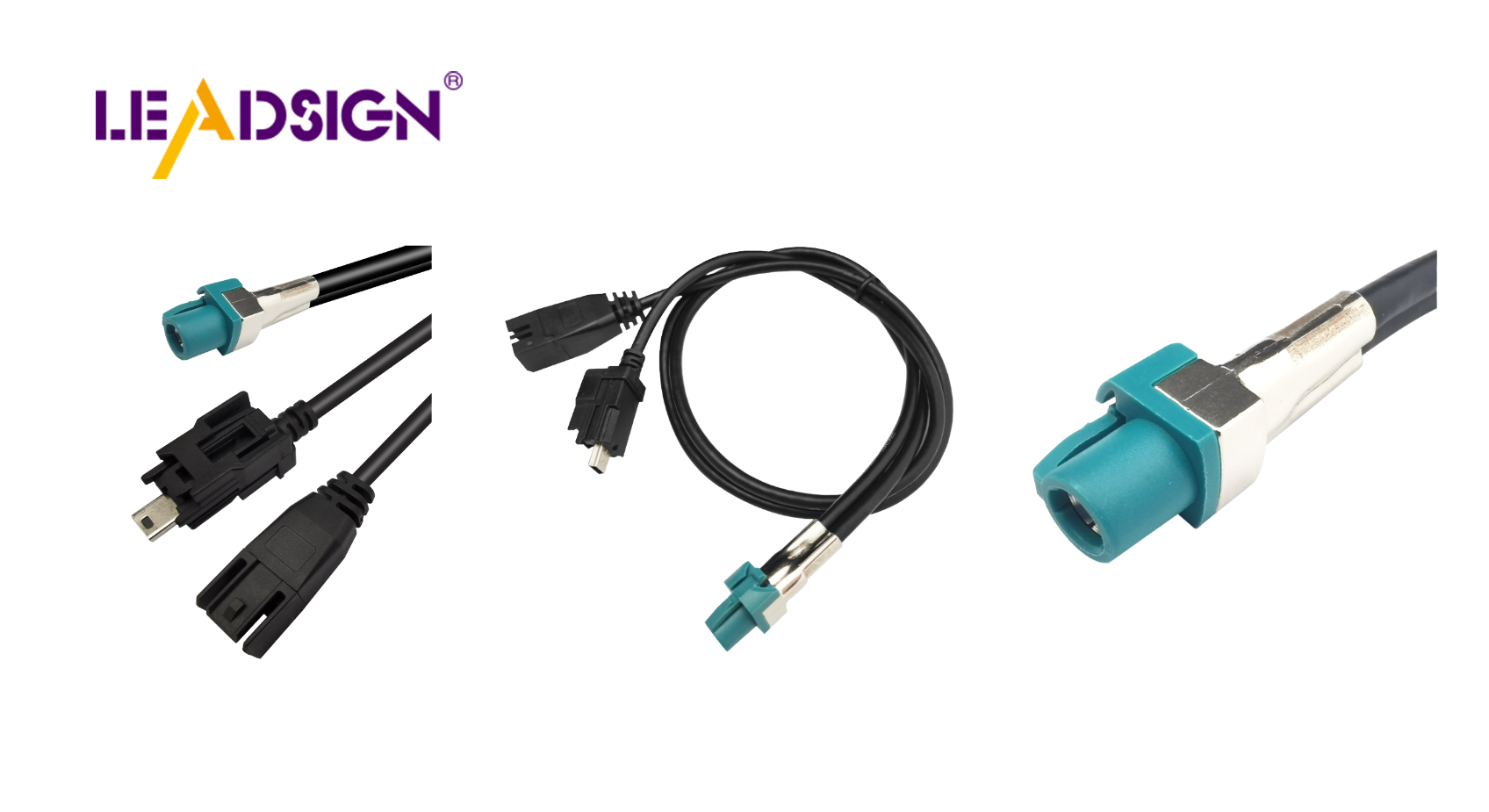Guide to Identifying Car Wire Connector Types for Easy Replacement

Understanding automotive electrical connectors types is crucial for repairing vehicles. You might encounter issues such as loose wires or corrosion, which can lead to electrical problems. Being able to identify and replace these connectors allows you to address issues quickly. This skill not only saves time but also ensures the proper functioning of your car's electrical components. By acquiring this knowledge, you enhance the safety and reliability of your vehicle.
Understanding Car Wire Connectors
When fixing your car, knowing wire connectors is key. These parts help electricity move smoothly in your car. Let's look at common types, materials, and sizes of these connectors.
Common Types of Car Wire Connectors
Different connectors do different jobs in your car's system. Here are some common ones:
Blade Connectors
Blade connectors are flat metal pieces that fit into slots. They are easy to use and reliable. You find them in fuse boxes and relays for secure wire connections.
Bullet Connectors
Bullet connectors are round and fit into sockets. They allow quick connects and disconnects. Use them where you need frequent changes, like lights.
Butt Connectors
Butt connectors join two wires end-to-end. They extend or fix wires by crimping for a strong hold, making them useful in car repairs.
Pin Connectors
Pin connectors have a pin and socket setup. Used for complex systems with many connections, like engine control units.
Connector Materials
Materials affect how long-lasting and effective connectors are. Here's a look at the main materials:
Plastic Connectors
Plastic ones are light and resist rusting. Good for wet areas due to their cost-effectiveness.
Metal Connectors
Metal ones offer strength and good conductivity. Best for hot places needing strong connections.
Connector Sizes and Ratings
Knowing connector sizes helps pick the right one:
Gauge Sizes
Gauge size tells how thick a wire it fits. Smaller numbers mean thicker wires; match gauge size to the wire for best fit.
Current Ratings
Current ratings show max safe current load. Going over can cause overheating or failure; choose wisely for safety.
Tools and Gear Needed for Replacement
When changing car wire connectors, having the right tools is key. These tools help you do the job well and safely. Let's look at what you need.
Important Tools
To work with car wire connectors, you need special tools. They help you handle wires carefully.
Wire Strippers
Wire strippers take off wire covers. They show the metal inside without harm. This makes sure connections are strong. Pick a stripper that fits your wire size.
Crimping Tools
Crimping tools attach connectors to wires tightly. They press the connector onto the wire for a firm hold. Choose one that matches your connector type.
Multimeter
A multimeter checks electric circuits. It measures voltage, current, and resistance. This tool makes sure your connections work right after setup.
Safety Gear
Safety comes first when working with car wires. The right gear keeps you safe from dangers.
Gloves
Gloves protect hands from sharp wires and shocks. They block contact with electrical parts. Pick gloves that protect but let you move easily.
Safety Glasses
Safety glasses keep eyes safe from bits and sparks. Wear them when cutting or crimping wires to avoid eye injuries.
With these tools and safety gear, replacing car wire connectors is easy and safe. This helps keep your car's electrical system working well.
Steps to Change Car Wire Connectors
Changing car wire connectors needs several steps. Follow this guide for success.
Getting Ready
Unplugging the Battery
First, unplug the battery. This stops shocks and keeps your car safe. Find the battery and take off the negative cable first. Doing this makes sure you stay safe while working.
Finding the Broken Connector
Next, find the broken connector. Look for damage like rust or loose wires. Check your car's connectors to see which one is bad. Knowing this helps pick the right new part.
Taking Out the Old Connector
Cutting the Wire
After finding it, cut the wire with cutters. Make a neat cut and leave enough wire for a new connector. This gets it ready for later steps.
Removing Insulation
Then strip off insulation from the wire using strippers. Take away about half an inch without hurting metal inside. Good stripping means a strong link with a new connector.
Putting in New Connector
Picking Right Connector
Choose a good connector for your car. Match it with your vehicle’s needs so it fits well and works right.
Crimping It On
Attach by crimping onto wire firmly using tools. Press hard so it stays tight and avoids future problems.
Checking Connection
Lastly, check if everything works fine again by reconnecting battery back on; use multimeter too just in case! Make sure all is okay before finishing up job completely!
By doing these things step-by-step you can change connectors easily which improves how well cars run overall!
You learned about car wire connectors, their materials, and sizes. You found out which tools and safety gear are needed. Practicing these steps makes repairs safe and effective. This helps your car work better. Always use the right tools and follow rules for safety. To learn more, check online resources and forums. These places have tips from experienced people. By learning more, you can handle any car wire connector problems confidently.
See Also
A Comprehensive Manual on Ford Fakra Connectors
Exploring Fakra Connectors in Honda Cars
Essential HSD Connector Knowledge in Auto Sector

